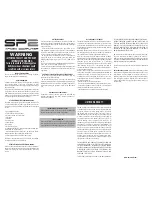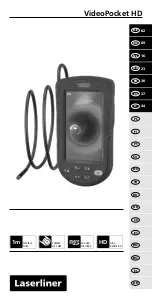
10. Measurement of powdered sample
Note:
Fig. 10-1
Fig. 10-2
34
ە
Principle of measurement of
powder's Refractive Index and
cautions on measurement
When powder is mixed in liquid, if the
refractive indices of the powder and the
liquid are different from each other, there
occurs irregular reflection on the powder
surface and the powder can accordingly
be recognized by the eye (Fig. 10-1). If
the powder and the liquid become
equivalent in the Refractive Index to
each other, irregular reflection on the
powder surface is eliminated and the
test tube looks containing the liquid only
(Fig.
10-2). The
principle
of
this
phenomenon
is
applied
to
the
measurement of powdered sample.
However, if the powdered sample is
observed by this method in the daylight,
it does not become invisible but is seen
like colored because the point that
refractive indices of the powder and the
liquid
varies
depending
on
the
wavelength of the daylight. In such a
case, use of a light source having a
constant wavelength such as D-line of a
sodium lamp solves the problem and
measurement with such a light source
can accurately be carried out.
Besides
the above-mentioned
method, the "microscopic dipping
measurement (Becke line test)" is
applied
to
measure-ment
of
Refractive Index of the powdered
sample.
















































